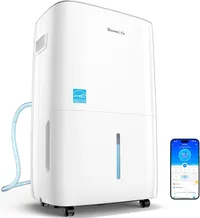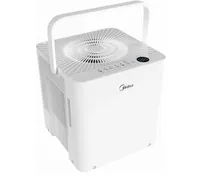Buying a dehumidifier on Black Friday? Here's the one thing you need to check first
Choose dehumidifier capacity based on space, not just price

Black Friday dehumidifier deals are hard to resist when you're dealing with damp basements, musty bathrooms, or moisture problems anywhere in your home. The discounts look great, and it's tempting to just grab whatever's on sale and call it done. But choosing the wrong size will cost you more in the long run.
Buy one that's too small and it'll run constantly without making a dent in your humidity problem. Buy one that's too large and you're wasting money and energy on capacity you don't need. The difference between a 16-pint and 50-pint model isn't arbitrary.
Before you jump on a Black Friday deal, here's how to figure out exactly what size dehumidifier you actually need. Plus, f you need help choosing which model is best, we've compiled a guide of the best dehumidifiers in 2025.
1. Measure your space and assess dampness level
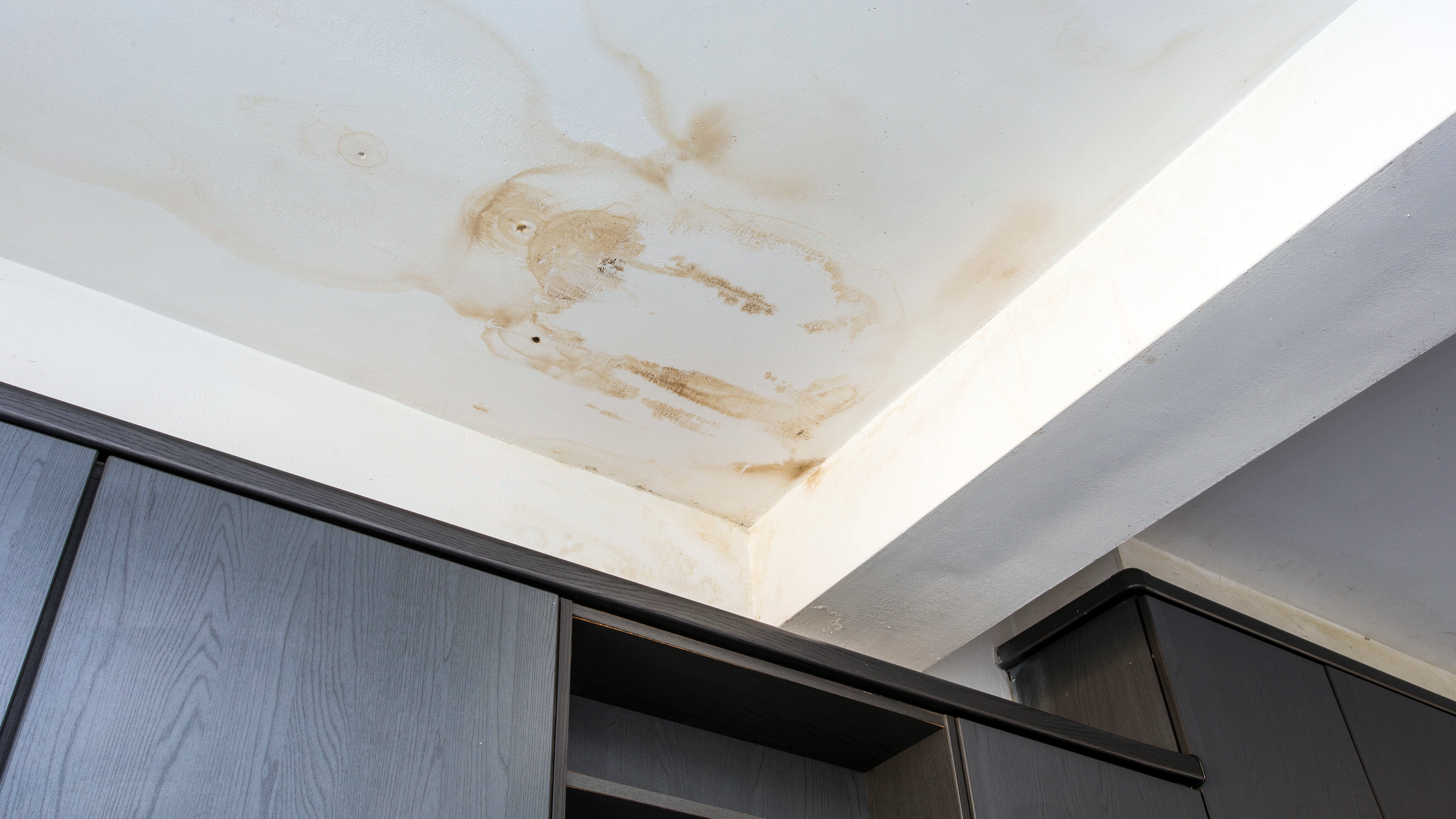
Before you even look at deals, grab a tape measure and figure out the square footage of the area you're treating. Multiply the length by the width of the room to get your total square footage. But square footage alone doesn't tell the whole story — you also need to consider how wet the space is.
If the space feels damp and has a musty smell, it's moderately damp. If you see wet spots on walls or floors, it's very damp. If there's standing water or severe condensation, it's extremely damp. The damper your space, the more capacity you need even for the same square footage.
2. Match capacity to your actual needs
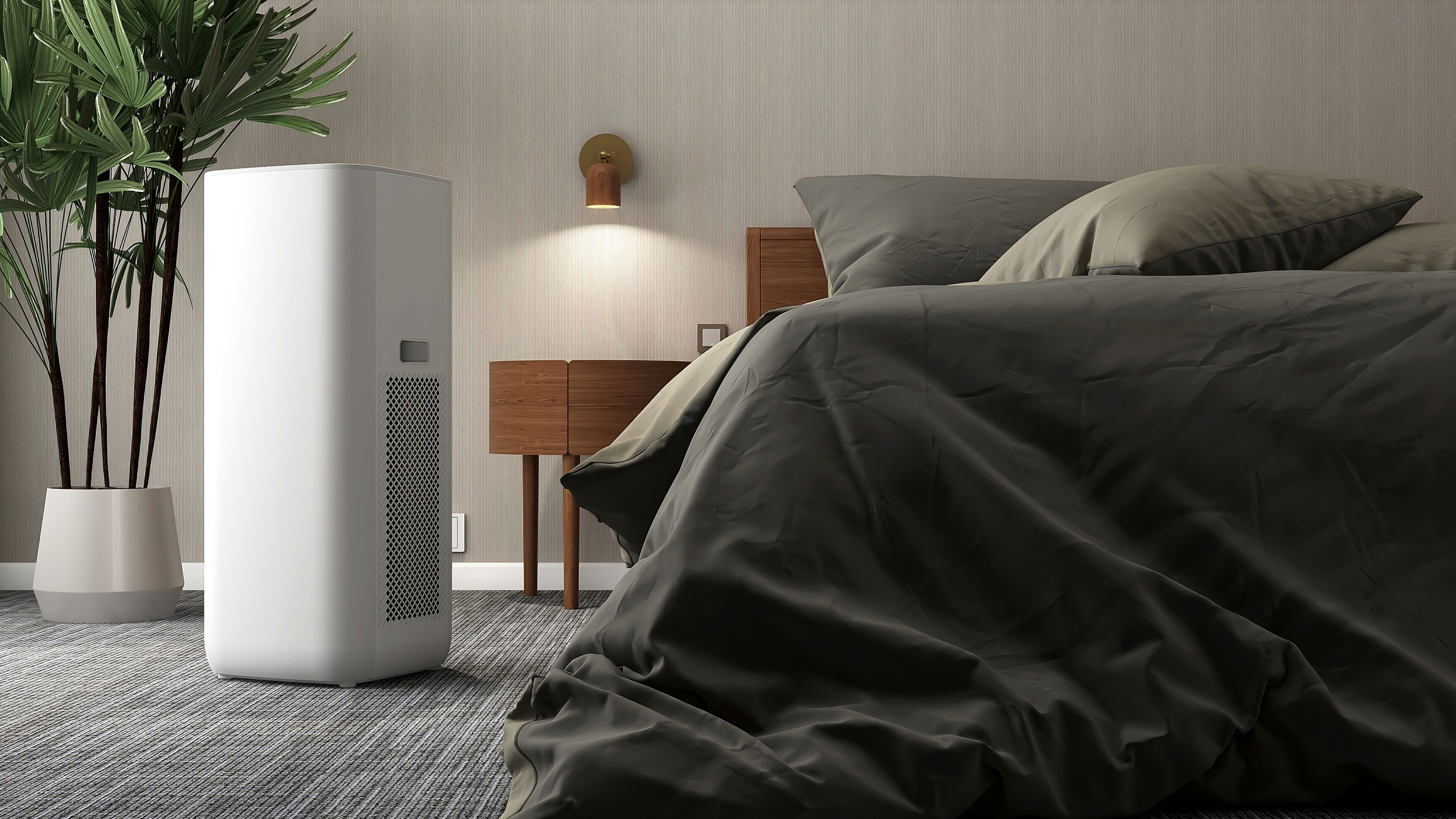
The size of dehumidifier you need comes down to two things: room size and moisture level. Using a unit that's too small won't effectively control humidity, so it's better to size up based on the entire space you're treating rather than underestimating. Dehumidifiers are measured by pint capacity — how many pints of moisture they can remove in 24 hours.
They typically come in three sizes: small (20-22 pints), medium (30 pints), and large (45-50 pints). The bigger the capacity, the larger the space it can handle and the more moisture it can pull from the air.
If the room that needs treating is large, you'll need a more powerful dehumidifier that can cope with the area. Also consider portability if you plan to move it between rooms — ensure it has a carry handle, wheels, or both. Even smaller units can be surprisingly heavy.
Pay attention to the water bucket size, too. If it's small, you'll need to empty it more regularly, though most dehumidifiers should cut off automatically when full.
If you have flooding issues, you need this dehumidifier. In our testing, we found that it excels at reducing high humidity, even in large rooms. The only downside is that it's very loud. But at nearly half off, this is a great deal on a powerhouse dehumidifier.
3. Don't just buy based on the discount
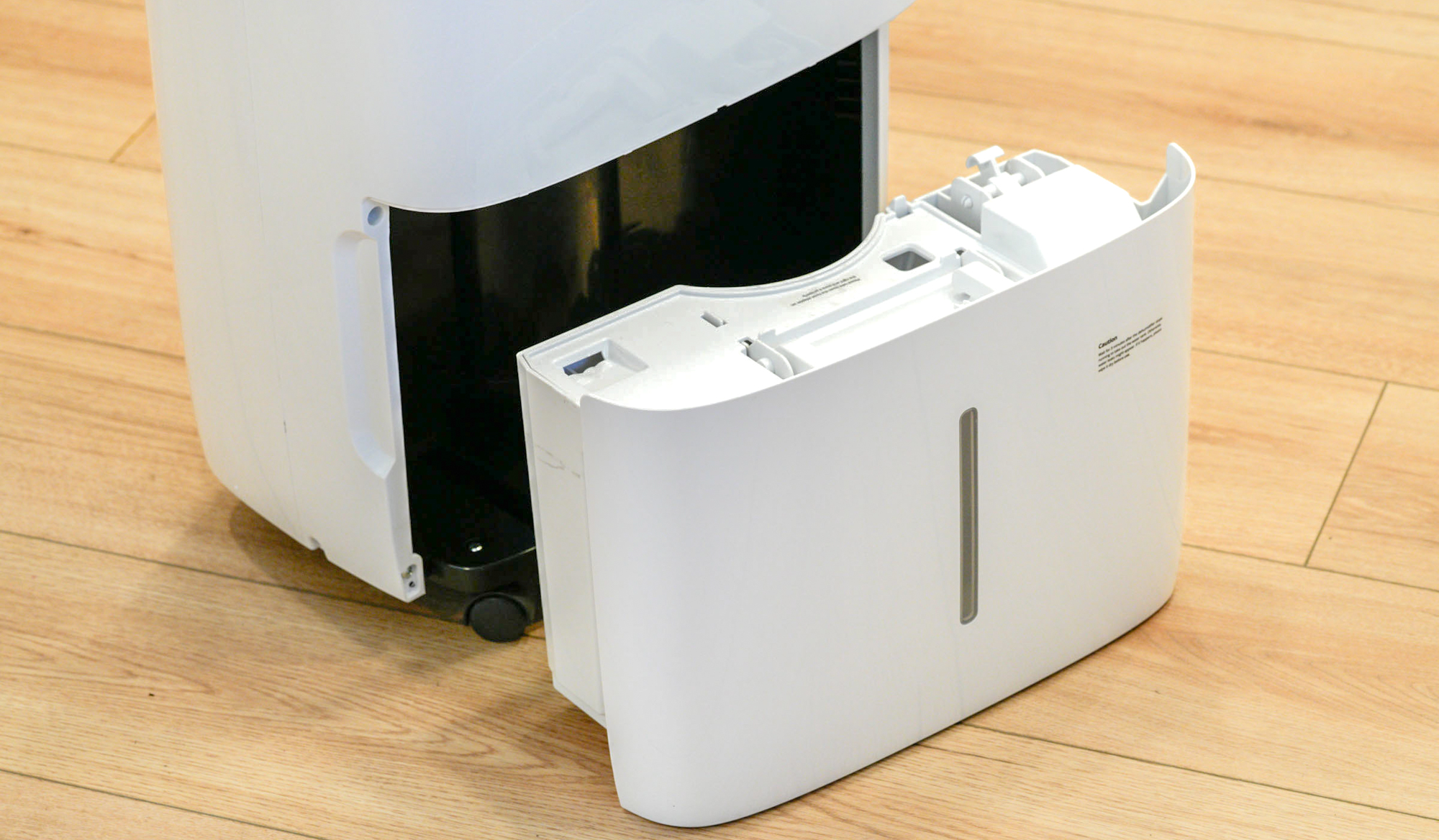
Black Friday deals can make an oversized dehumidifier look appealing because the discount is bigger in absolute dollars. But if a 50-pint unit is marked down $100 and you only need 30 pints, you're still overpaying for capacity you'll never use. Larger units cost more to run, take up more space, and can actually cycle on and off too frequently in small spaces, which reduces efficiency.
On the flip side, don't cheap out and buy an undersized unit just because it's the best deal. An underpowered dehumidifier will run nonstop trying to keep up, costing you more in electricity and potentially burning out faster. Buy the right size for your space, then look for the best deal on that capacity.
4. Consider features that actually matter

Once you know the size you need, look at features worth paying for. Our homes writer Camilla, who recently bought a new dehumidifier, recommends looking for "app control, timer settings, humidity levels, and different modes." These let you customize how the unit runs based on your schedule and needs.
Think about drainage options too. If you're placing a dehumidifier in a basement, built-in pumps or continuous drainage with a hose connection can save you from constantly emptying buckets. Auto-shutoff is essential to prevent overflow when you're not around.
Energy Star certification matters if you'll be running the unit frequently, as it can cut down on electricity costs. The features you need depend entirely on where and how you'll use it — a unit for an unfinished basement needs different capabilities than one for a bedroom.
Taking the best budget dehumidifier spot in our buying guide, this compact dehumidifier is a great option if money and space are tight. Operated by an app, you can monitor it from your phone, view humidity levels and receive alerts when the bucket is full.
5. Factor in where you'll actually use it

Think about the specific conditions where you'll place the dehumidifier. Basements tend to be consistently damp and may need year-round dehumidification, while bathrooms have humidity spikes but may not need constant running. If you're placing it where you typically spend time, you'll want a quieter model (even if it costs slightly more).
Also, consider temperature — some dehumidifiers work poorly in cold spaces below 65°F, which matters if you're treating an unheated basement or garage. Match the unit's capabilities to your actual environment, not just the square footage.

Follow Tom's Guide on Google News and add us as a preferred source to get our up-to-date news, analysis, and reviews in your feeds. Make sure to click the Follow button!
More from Tom's Guide
- 7 common dehumidifier mistakes you could be making
- I asked appliance experts whether AC or dehumidifiers are better for reducing humidity — here’s what they recommend
- 5 tell-tale signs that you need a dehumidifier right now
Get instant access to breaking news, the hottest reviews, great deals and helpful tips.

Kaycee is Tom's Guide's How-To Editor, known for tutorials that skip the fluff and get straight to what works. She writes across AI, homes, phones, and everything in between — because life doesn't stick to categories and neither should good advice. With years of experience in tech and content creation, she's built her reputation on turning complicated subjects into straightforward solutions. Kaycee is also an award-winning poet and co-editor at Fox and Star Books. Her debut collection is published by Bloodaxe, with a second book in the works.
You must confirm your public display name before commenting
Please logout and then login again, you will then be prompted to enter your display name.
